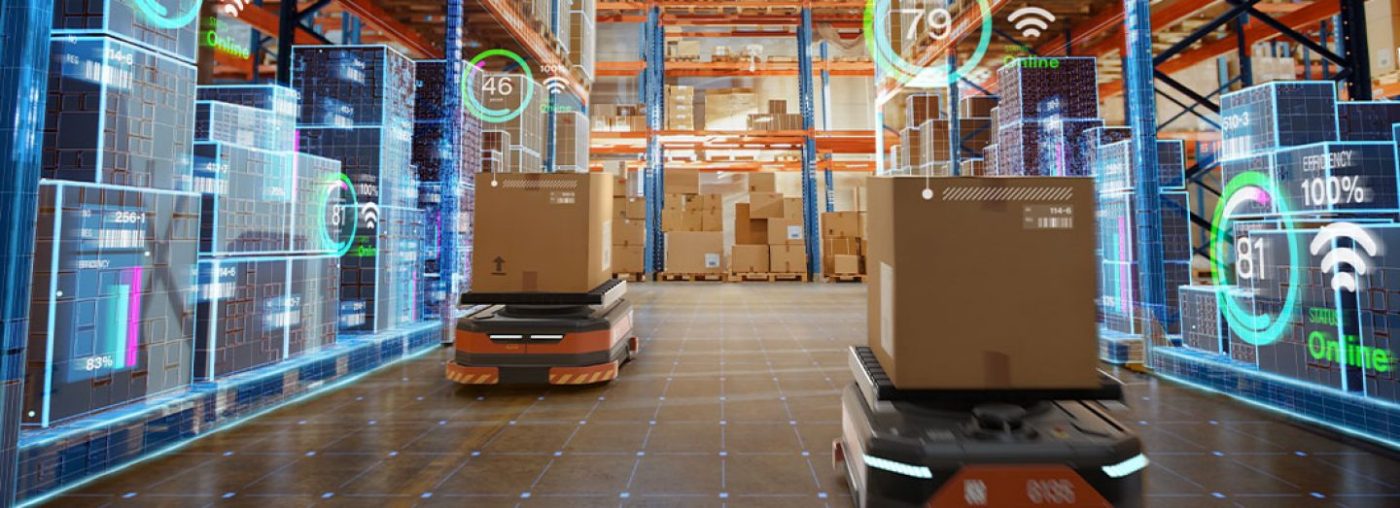In the contemporary landscape of warehousing and manufacturing, the paradigm shift towards automation and robotics integration has revolutionized operational efficiency, productivity, and safety standards. With the advent of advanced technologies, industries are increasingly leveraging automation and robotics to streamline processes, optimize workflows, and meet the evolving demands of a competitive market. This article explores the profound impact of automation and robotics integration in warehousing and manufacturing environments.
The Rise of Automation and Robotics
The integration of automation and robotics in warehousing and manufacturing marks a significant departure from traditional labor-intensive practices. Automation involves the use of technology to perform tasks with minimal human intervention, while robotics employs programmable machines to carry out a range of functions, from repetitive tasks to complex operations. This convergence of technologies has ushered in a new era of efficiency and precision across various industry sectors.
Enhanced Efficiency and Productivity
One of the primary benefits of automation and robotics integration is the significant enhancement in efficiency and productivity. Automated systems can perform tasks at a faster pace and with greater accuracy than their human counterparts, leading to streamlined operations and increased output. In warehousing, automated guided vehicles (AGVs) and robotic arms are deployed for tasks such as picking, packing, and palletizing, thereby reducing manual labor and expediting order fulfillment processes. Similarly, in manufacturing, robotic systems are utilized for assembly, welding, painting, and quality control, resulting in higher production rates and improved product consistency.
Optimal Resource Utilization
Automation and robotics integration enables optimal resource utilization by optimizing space, time, and manpower. In warehousing, automated storage and retrieval systems (AS/RS) utilize vertical space efficiently, maximizing storage capacity and minimizing the footprint required for inventory management. Additionally, advanced algorithms and machine learning algorithms optimize routing and scheduling of AGVs, ensuring optimal utilization of warehouse resources. Similarly, in manufacturing, robotic systems are programmed to operate continuously with minimal downtime, thereby maximizing equipment utilization and overall efficiency.
Improved Accuracy and Quality
The precision and consistency offered by automation and robotics contribute to improved accuracy and quality in warehousing and manufacturing operations. Automated systems are programmed to execute tasks with pinpoint accuracy, eliminating errors and reducing the likelihood of defects or rework. In warehousing, automated picking systems utilize barcode scanning and RFID technology to accurately identify and retrieve products, minimizing picking errors and order inaccuracies. Likewise, in manufacturing, robotic systems ensure precise assembly and welding, resulting in higher product quality and reduced scrap rates.
Enhanced Safety Standards
Safety is paramount in warehousing and manufacturing environments, and automation and robotics integration play a crucial role in enhancing safety standards. By automating repetitive, strenuous, or hazardous tasks, companies can mitigate the risk of workplace injuries and accidents. Robotic systems are equipped with advanced sensors and collision detection technology to ensure safe interaction with human operators and other equipment. Additionally, automation enables the implementation of stringent safety protocols, such as machine guarding and access control, to prevent unauthorized access to hazardous areas.
Adaptability and Scalability
One of the key advantages of automation and robotics integration is the adaptability and scalability it offers to warehousing and manufacturing operations. Automated systems can be easily reconfigured or reprogrammed to accommodate changes in demand, product mix, or process requirements. In warehousing, modular automation solutions allow for seamless integration with existing infrastructure, enabling companies to scale operations as needed without significant capital investment. Similarly, in manufacturing, flexible robotic systems can be redeployed to perform different tasks or accommodate new product variants, providing companies with agility and responsiveness in a dynamic market environment.
Conclusion
In conclusion, the integration of automation and robotics represents a transformative shift in warehousing and manufacturing operations, driving efficiency, productivity, and safety to new heights. By leveraging advanced technologies, companies can optimize resource utilization, enhance accuracy and quality, and adapt to evolving market demands with ease. As automation continues to evolve and mature, it is poised to revolutionize the way warehousing and manufacturing are conducted, shaping the future of industry in the digital age.
